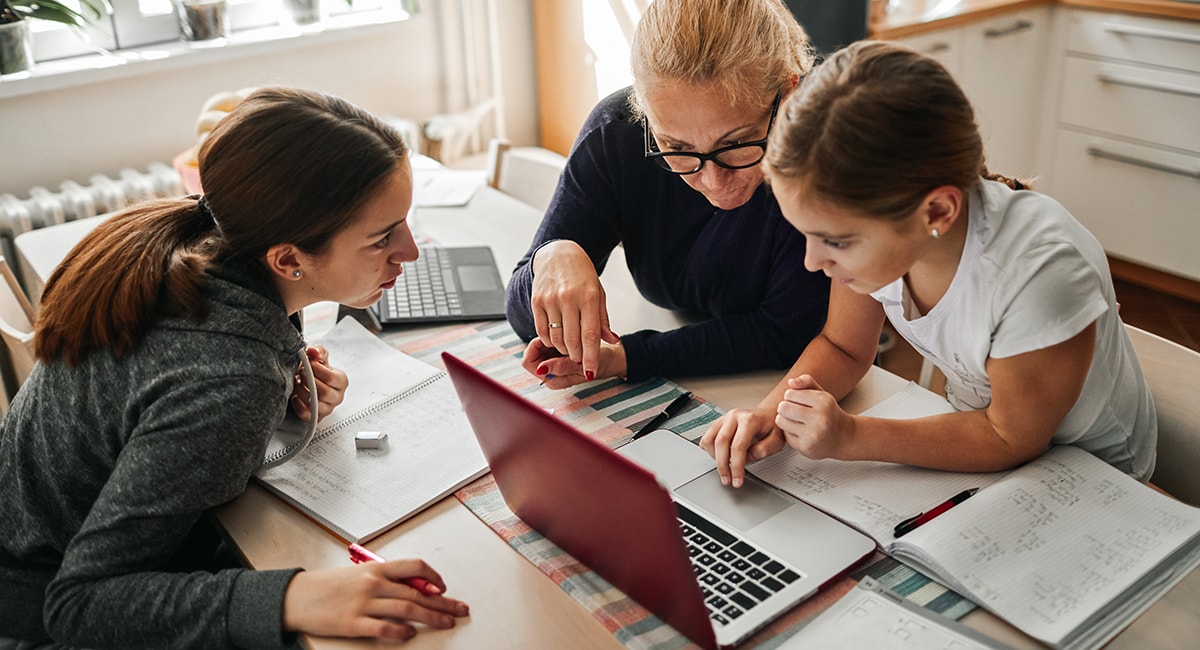March 09, 2021
Improving the Hybrid Learning Experience
Taking steps to maintain student-instructor relationships will go a long way toward making hybrid learning a successful experience.

The pandemic has touched just about every aspect of our lives. Its influence has been keenly felt in K-12 education. With many schools now moving to a hybrid approach to learning, classroom instructors are faced with a new challenge – how to stay connected to their students amid the back and forth between classroom instruction and remote learning.
Discover how CDW•G can assist you with your remote learning needs.
Maintaining Connections in Hybrid Learning
Student-instructor relationships are the core of the education experience. To make hybrid learning work, instructors need to be mindful of these relationships and work to keep them thriving. I recently talked with Jess Boyce, Educator Innovation Lead for Flipgrid at Microsoft, on the Focus on K-12 podcast. In the episode “Student Relationships as a Lever for Change,” she shared some great tips for how instructors can maintain strong relationships with their students – and make the most of the hybrid learning experience.
Designing a Supportive Classroom
Boyce really emphasizes the idea of providing a comfortable and safe space for students in the classroom. With so much change taking place over the past year – shifting to all remote learning, then some schools moving to a hybrid learning model or fully back into the classroom– it’s going to be more important than ever to provide students access to a supportive, flexible and inclusive learning environment.
As always, it’s so important to consider more than just the furniture in a space when talking about the comfort and culture of a learning environment. To keep instructional needs at the forefront while exploring flexible and innovative spaces, CDW offers our Blueprint to Design™ service, which can help districts redesign their learning spaces to meet those needs. Modern learning environments, which bring together devices, audiovisual tools and flexible furniture, go a long way toward providing that safe and comfortable space that students need to collaborate and participate in their learning. CDW has assisted many districts around the country in reimagining their learning environments, including Rochester City School District.
Building Relationships via LMS
Another area that Boyce touched on was how important it is for instructors to foster and support communication. Strong and open communication creates a culture of respect in the classroom, which is a key element to desirable learning outcomes. She suggested starting small, getting to know students better by asking them questions about themselves and providing opportunities for students to share about themselves.
Today’s learning management systems and classroom collaboration tools, including Microsoft Teams, Flipgrid, Google Classroom, Cisco’s Webex Classroom and many more provide robust tools to support this kind of open communication between instructor and student. In addition to some SEL-based tools, the “assignments” that teachers distribute through their LMS can be shaped to foster relationship building and create community among the class rather than taking a purely content-based approach. By being thoughtful in using the tools at hand, instructors can build the kind of classroom culture that students will feel comfortable in and thrive in.
Valuing the Instructor-Student Relationship
As schools and instructors navigate the changing landscape of hybrid learning, with all of its technological considerations, we all need to keep in mind the importance of the instructor-student relationship that Boyce champions. That relationship is key to getting through the challenges that hybrid learning entails. And it is the strength of that relationship that will ultimately drive successful learning outcomes for the students.
